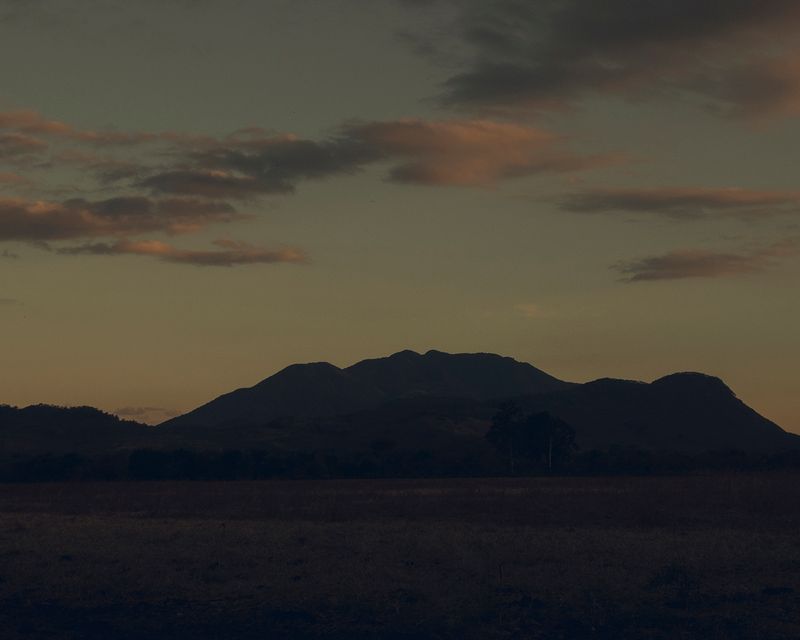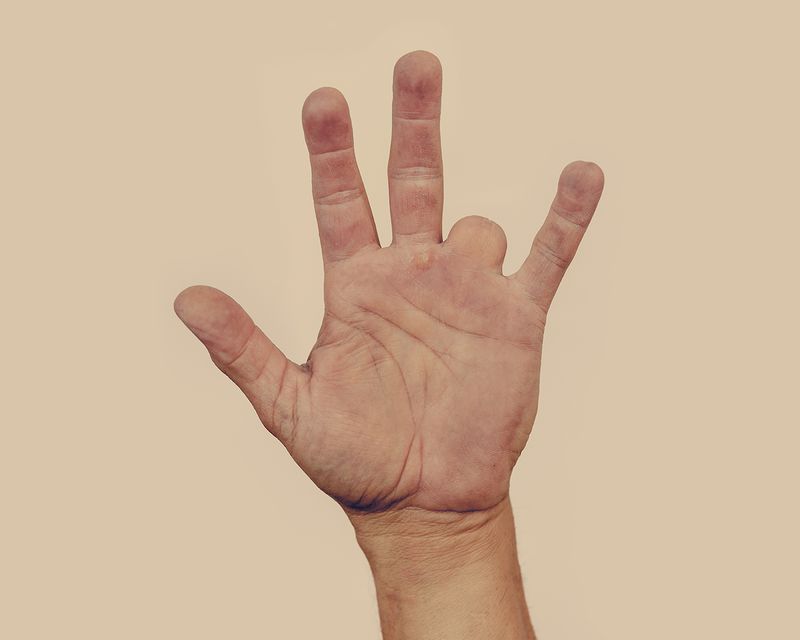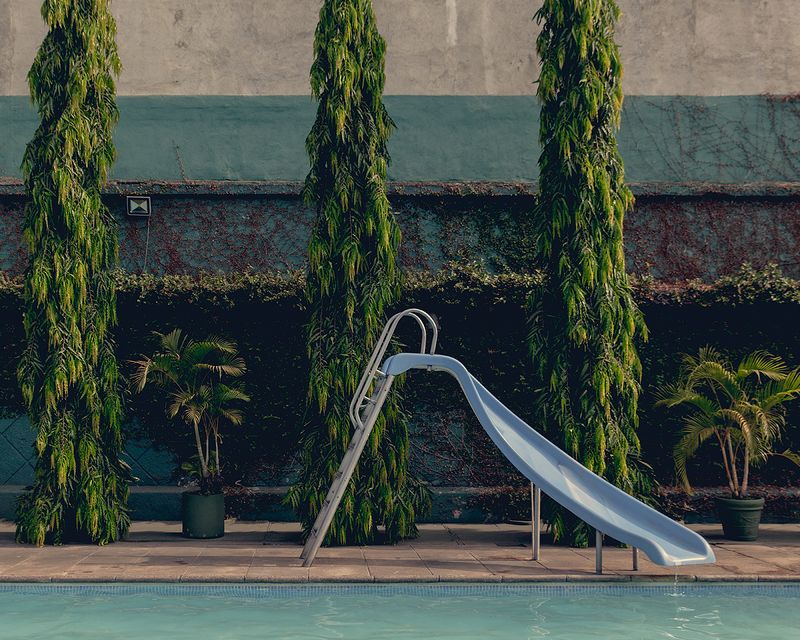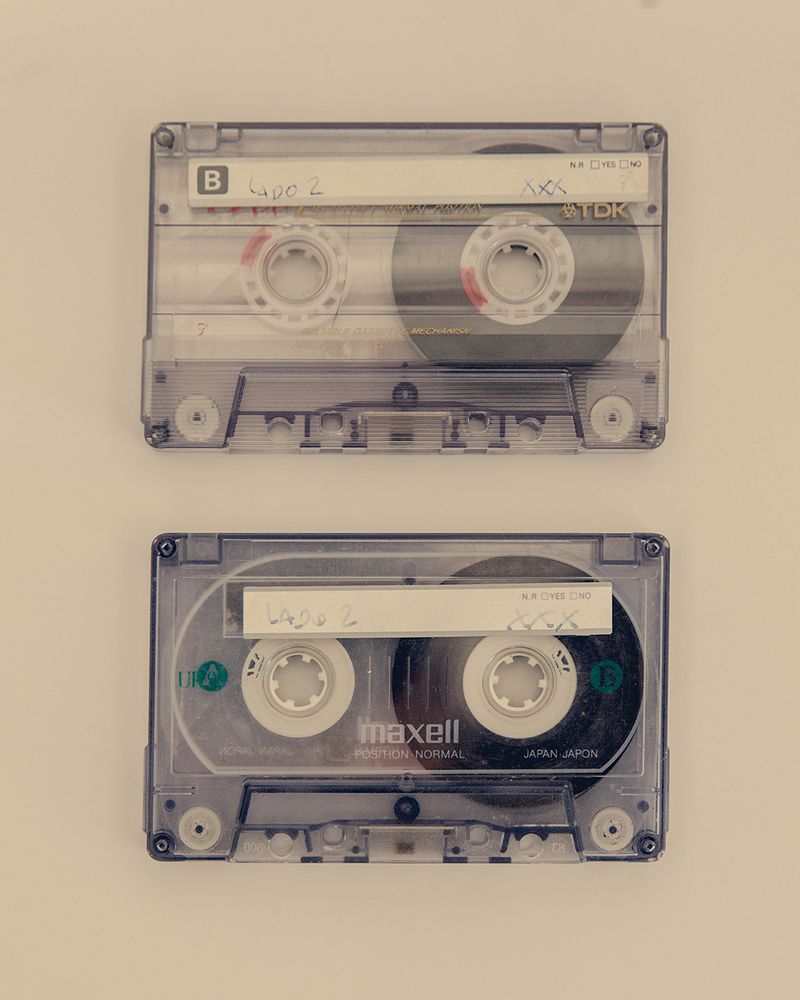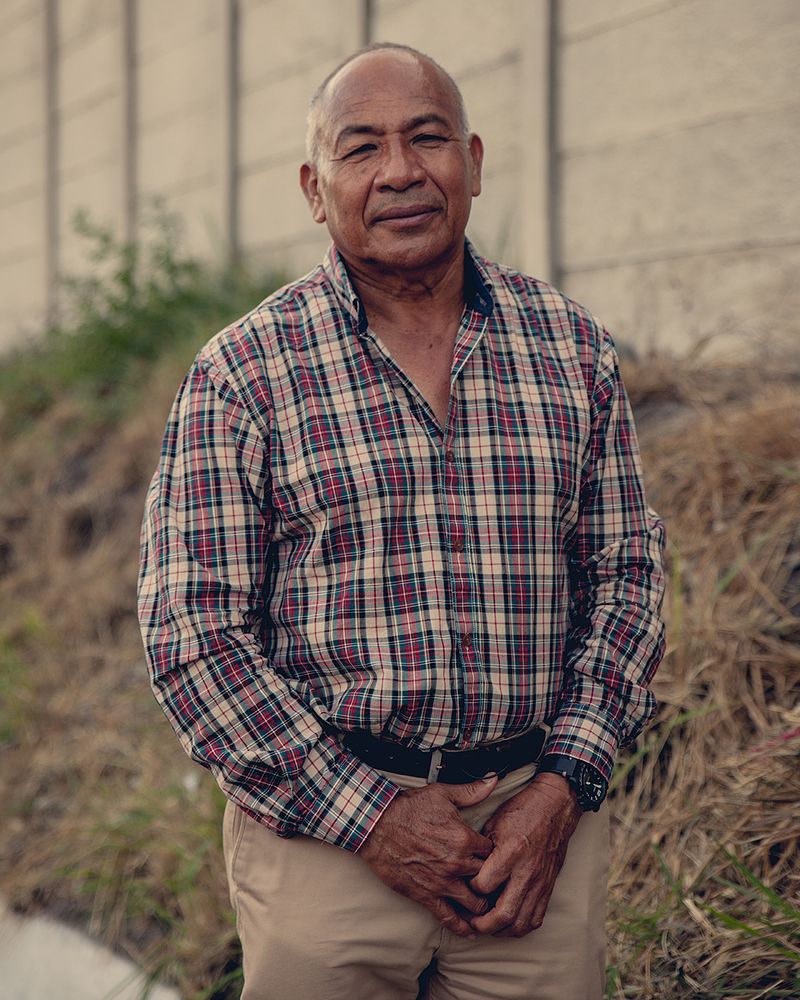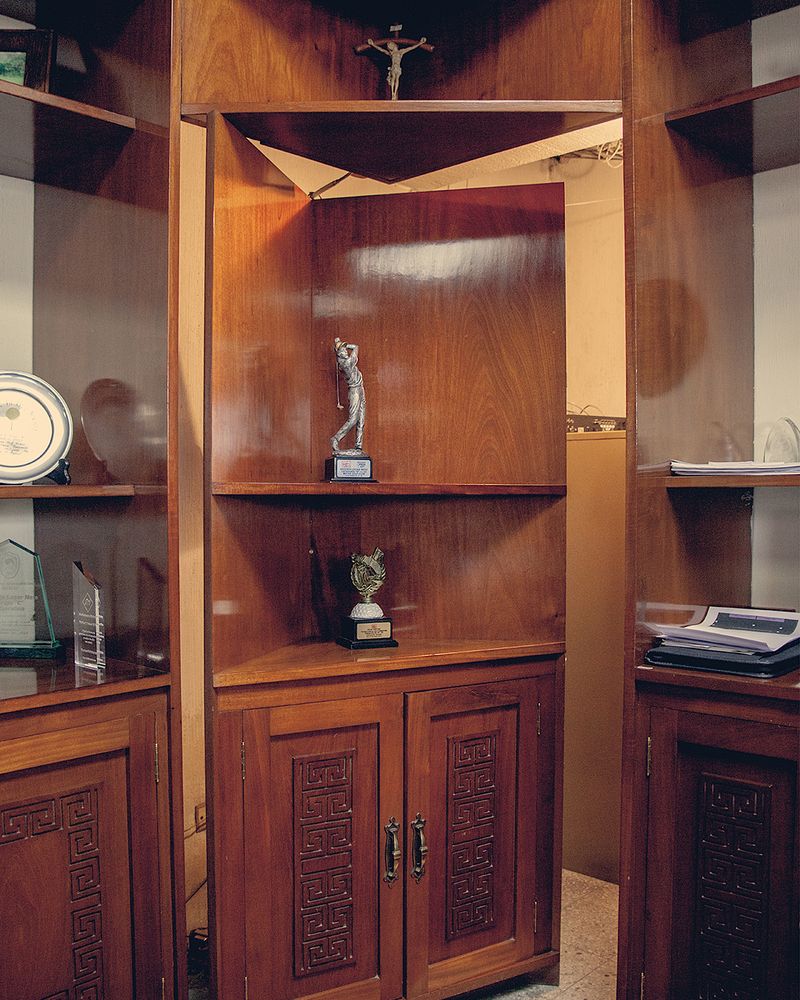PASACO, 1996
-
Dates2018 - 2021
-
Author
- Topics Portrait, Social Issues, War & Conflicts
PASACO, 1996 is an investigative photography project that revisits a kidnapping that occurred in Guatemala in the year 1996.
(Guatemala City, Guatemala) On the 18th of April, 1996, my father and I were abducted from our home and held captive for thirty-three days by an organized crime group known as “Los Pasaco”. In the early 90s, “Los Pasaco” were the most feared and notorious group of criminals in the country. During this captivity, my father was physically tortured and eventually had his left ring finger amputated and sent to my grandfather to pressure him into sending more money for ransom. Eventually, my father was released on the 30th day and told to gather more ransom money in order to have me released. Three days later, I was released in the small town of Chiquimulilla, Santa Rosa.
PASACO, 1996 is an investigative photography project that revisits this act. The project contains recuperated documents/ media of the time, as well as new documentation of locations, people, and objects that took part in the act. The main objective of this project is to initiate conversations surrounding the story; those of violence, corruption, capital punishment and criminal rehabilitation.







